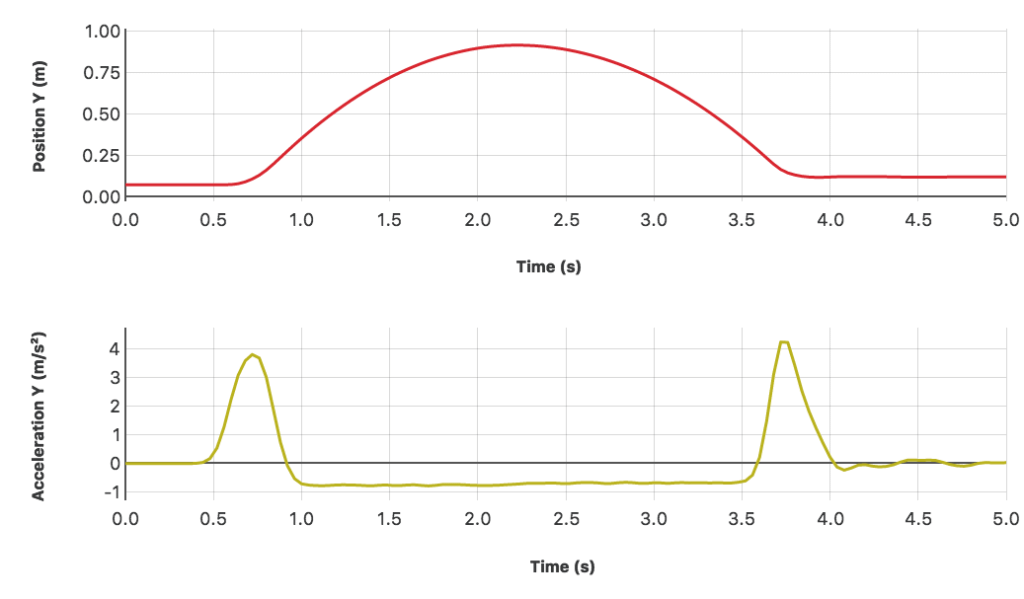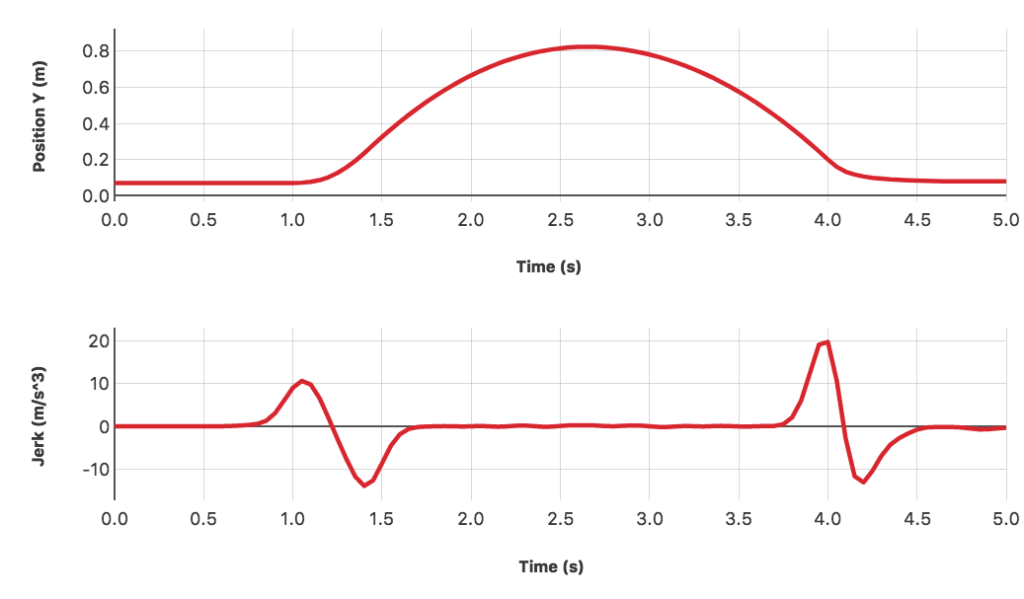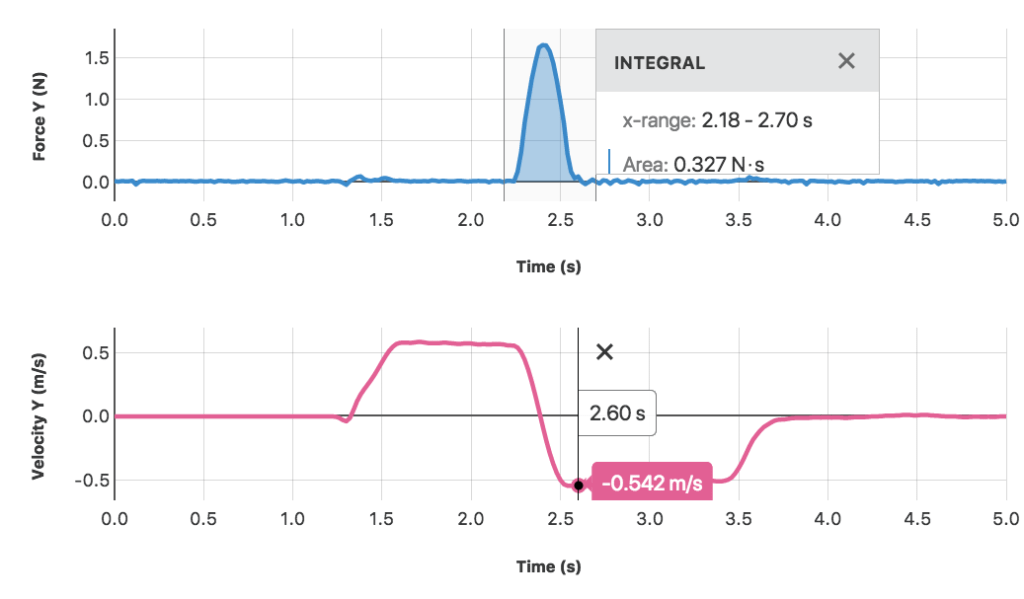What may be most striking about the new Go Direct Sensor Cart is that students can obtain excellent kinematic data with minimal lab setup.
When performing a simple cart-on-a-ramp experiment, only a track, a sensor cart, and a device running Graphical Analysis™ 4 app is required. No additional detectors or interfaces are needed. The cart has an integrated encoder wheel that records changes in position. Because of this wheel, and unlike ultrasonic motion detectors, there is no possibility of spiking or noise from other objects affecting the data. The simple constant-acceleration phenomenon can easily be observed and graphed. Graphical Analysis 4 performs the derivative calculations needed to get velocity, acceleration, and even jerk.


A momentum-impulse experiment can be done without a track. Simply attach a hoop spring to the built-in force sensor on the cart, and let the cart bounce off a wall while rolling on a bare floor. The velocity changes during the impact, and a clear impulse can be measured from the area under the force-time graph using the integral feature in Graphical Analysis 4.
Both of these experiments require only moments of setup, yet they yield high-quality data. Let us know what experiments you try with your sensor carts.

